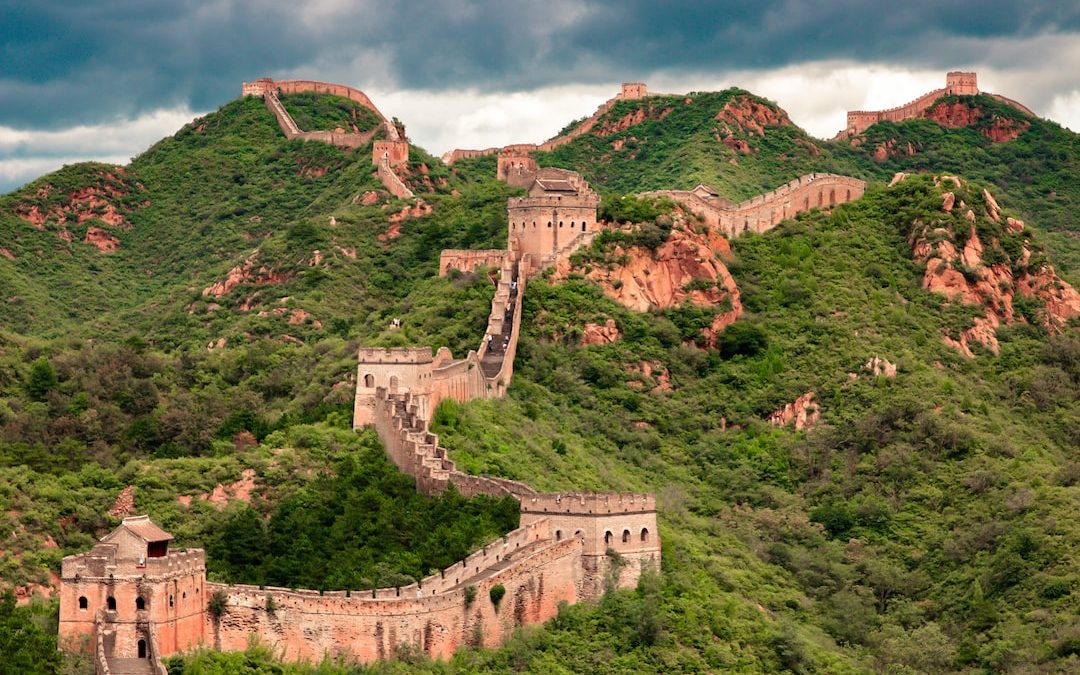Table of Contents
The Great Wall of China: A Natural Wonder
Introduction
The Great Wall of China is one of the world’s most iconic landmarks, stretching for thousands of miles across northern China and into Mongolia. It is a symbol of Chinese history, culture, and ingenuity, and a source of national pride. But the Great Wall is more than just a man-made marvel; it is also a natural wonder, and a testament to the power of nature. This blog post will explore the natural beauty of the Great Wall, and how it has been shaped by the forces of nature over the centuries.
History of the Great Wall
The Great Wall of China was first built in the 7th century BC, as a series of fortifications to protect against invading nomadic tribes. Over the centuries, the wall was extended and strengthened, gradually becoming one of the largest and most impressive structures ever built by humans. Today, the Great Wall stretches for more than 5,500 miles across northern China, and is a UNESCO World Heritage Site.
The Natural Beauty of the Great Wall
The Great Wall of China is an impressive feat of human engineering, but it is also a beautiful natural wonder. The wall snakes through the rugged terrain of northern China, crossing mountains and rivers, and traversing vast deserts. The natural beauty of the wall is enhanced by its age; the centuries-old structure is covered in a patina of moss and lichen, and is adorned with vibrant blooms of wildflowers.
The Forces of Nature
The Great Wall of China has been shaped by the forces of nature for centuries. Rain, wind, and snow have eroded the wall over time, wearing away its edges and leaving it scarred with deep crevices. Earthquakes have caused sections of the wall to collapse, while floods have washed away entire sections. Despite these forces of nature, the Great Wall remains standing, a testament to its strength and resilience.
Wildlife on the Great Wall
The Great Wall of China is home to a wide variety of wildlife. The wall provides a safe habitat for small mammals like mice, voles, and hedgehogs, while birds like peregrine falcons and golden eagles can be seen soaring above its ramparts. Reptiles like lizards and snakes also inhabit the wall, while larger animals like wolves and boars roam the surrounding countryside.
The Great Wall and the Elements
The Great Wall of China is exposed to the elements year-round, and its vast stone surface absorbs the heat of the sun in summer and the cold of winter. In summer, the wall can reach temperatures of up to 120°F, while in winter, the temperatures can drop to -20°F. The wall is also subject to violent storms, with winds of up to 140 mph that can cause sections of the wall to collapse.
The Great Wall and the Seasons
The Great Wall of China undergoes a dramatic transformation with the changing of the seasons. In spring, the wall is blanketed with a blanket of colorful wildflowers, while in summer, the heat of the sun causes the wall to shimmer. In autumn, the leaves of nearby trees turn a deep, golden hue, and in winter, the wall is covered in a blanket of snow.
Geology of the Great Wall
The Great Wall of China is made from a variety of materials, including stone, brick, wood, and earth. The majority of the wall is made from stone, which is sourced from local quarries. The stone is then cut and shaped into blocks, which are then laid in a pattern to form the wall. The stones vary in shape and size, and are held together with a mixture of clay and sand.
The Great Wall and Erosion
The Great Wall of China is constantly exposed to the elements, and is slowly being worn away by erosion. Wind and rain have scoured away the stones, leaving behind deep crevices and exposed sections. The wall is also subject to the effects of human activity, with sections of the wall being destroyed by quarrying and other activities.
Conservation Efforts
Despite the damaging effects of erosion, the Chinese government has taken steps to preserve the Great Wall of China. This includes the restoration of damaged sections, and the implementation of conservation measures to protect the wall from further damage. In addition, the government has created a number of nature reserves along the length of the wall, helping to protect the local wildlife.
The Great Wall Today
Today, the Great Wall of China is a popular tourist destination, with millions of visitors flocking to the site each year. The wall is also a source of national pride, and is celebrated in Chinese culture and literature. The Great Wall of China is a reminder of the power of nature, and a testament to the ingenuity of mankind.
Conclusion
The Great Wall of China is an amazing feat of human engineering, but it is also a beautiful natural wonder. The wall has been shaped by the forces of nature for centuries, and is home to a wide variety of wildlife. The wall is constantly exposed to the elements, and is slowly being worn away by erosion. Despite this, the Chinese government has taken steps to preserve the wall, and it remains a popular tourist destination today. The Great Wall of China is a reminder of the power of nature, and a testament to the ingenuity of mankind.












